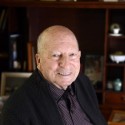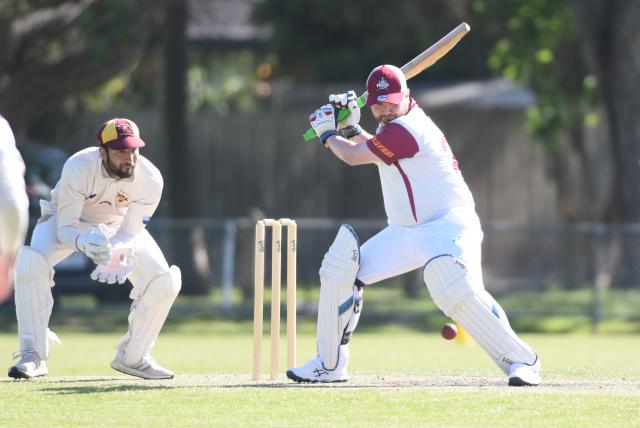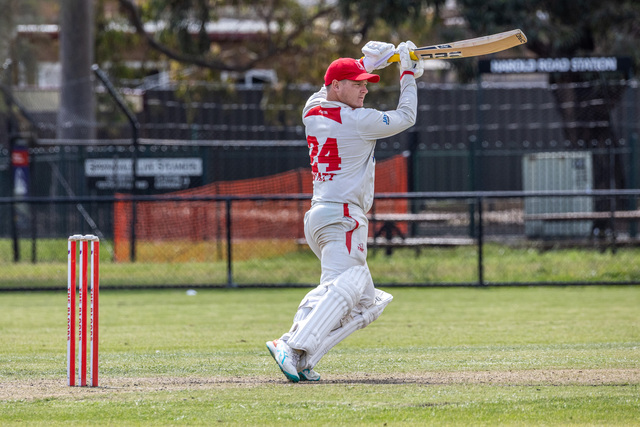Jack Johnson is the author of When The Clock Strikes, a fascinating account of growing up in Dandenong, his years tending to the city’s pipes and drains as a plumber and bringing up a family with wife Frances in their beloved home in Macpherson Street.
BECAUSE there was no public phone boxes in the street we would walk with mum to the old post office that had been built in 1879 to make a phone call.
At the post office there was a group of numbered public phone booths installed along the verandah of the post office.
Mum would book her call at the post office desk and when the call came through they would announce her name over the loud speaker and tell her which numbered box to go into.
When the allotted time had passed the exchange operator would cut in and say ‘are you extending?’ and if she was, mum would have to put more coins into the phone.
When we moved to Cleeland Street the Monti family lived down the road from our house.
Members of the family worked at the telephone exchange for many years.
The youngest of them went to school with us at St Mary’s.
How different it is today, when little kids have their own mobile phones.
These amazing little pieces of 21st century technology, most of them so small they fit into the hand of a third grader, can text messages, take photos, play games and watch television and have every ring tone, call sign and flashing light you could think of.
That post office was the one of our early childhood, and at that time the postmaster lived in the residence.
In later years the residence was used to enlarge the post office and the postmasters lived in private homes.
This was the same triangular piece of land next to the town hall on which the present post office building stands today.
It is of concrete slab construction as are most of the commercial buildings of today.
For heating, most houses only had open wood fires and some families did part of their cooking on them. We cooked toast on ours with a long wire fork.
Some houses has an iron frame and hook which swung from the inside of the fireplace on which they hung a cast-iron kettle or boiler.
We did not have one of these frames, but we did have a couple of cast-iron kettles and a boiler which sat on the open fire to boil water when the kitchen wood stove was not burning.
It was for the wood stoves that we had to split the large logs to fit into the small fire boxes.
Some of the larger houses and hotels had cast-iron stoves which had double ovens and two fireboxes usually fired by coke.
On the end of some there was a built-in hot water boiler with a brass outlet tap like a water tank.
Some years later, after the war, when working with CL Godfrey, I would install many AGA and Rayburn slow combustion stoves on farmhouses around the district.
Those stoves had hot water boilers built into them to which we connected an insulated hot water cylinder usually on a stand in the laundry or on the farmhouse verandah.







